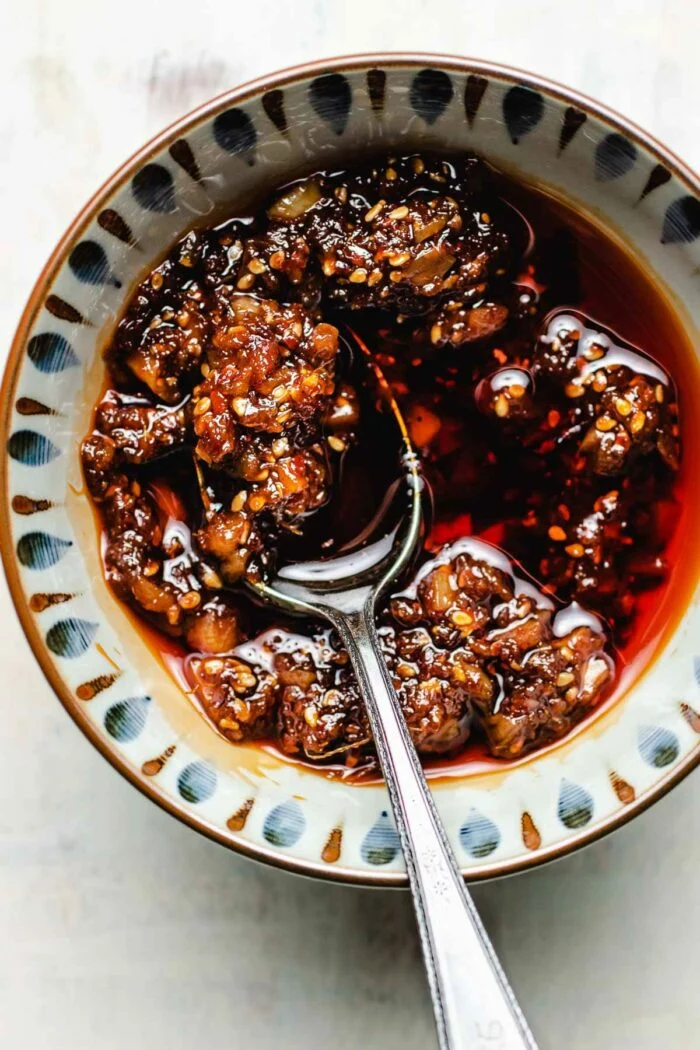- No. 268 Xianghe Street, Economic Development Zone of Xingtai city, Hebei 054001 China
- Byron@hbhongri.cn
fermenting dried chili peppers
Fermenting Dried Chili Peppers A Flavorful Adventure
Fermenting dried chili peppers is an ancient culinary technique that has gained popularity among food enthusiasts and home cooks alike. This process not only preserves the peppers but also enhances their flavor, creating a complex profile that can elevate many dishes. In this article, we’ll explore the benefits of fermenting dried chili peppers, the fermentation process itself, and some delicious ways to enjoy the final product.
The Benefits of Fermenting Dried Chili Peppers
Fermentation offers numerous advantages beyond mere preservation. First and foremost, it introduces beneficial bacteria, such as lactobacillus, which can aid in digestion and boost gut health. The fermentation process also breaks down the sugars in the peppers, making them easier to digest and adding a tangy complexity to their flavor.
Moreover, fermented chili peppers often have a more profound depth of flavor compared to their dried counterparts. The fermentation process adds umami notes, allowing the peppers to contribute rich, savory elements to your dishes. Additionally, the spice level can intensify as the fermentation process develops, offering different dimensions to the heat profile.
The Fermentation Process
Fermenting dried chili peppers is surprisingly simple. To begin the process, you’ll need a selection of dried chili peppers—such as ancho, guajillo, or cayenne—along with water and salt. The proportions generally consist of a 2% salt brine, which means you’ll require about two grams of salt for every 100 grams of water.
1. Preparation Start by rinsing the dried chili peppers to remove any impurities. Depending on your flavor preferences, you can also remove the seeds and stems at this stage.
fermenting dried chili peppers

2. Brining Soak the cleaned chili peppers in the saltwater solution to activate the fermentation process. Ensure that the peppers are submerged completely. A weight can be placed on top of them or you can use non-reactive containers with tight-fitting lids.
3. Fermentation Allow the mixture to sit at room temperature for several days to weeks, depending on your taste preferences. During this time, you’ll notice the formation of bubbles, indicating active fermentation. Check the peppers regularly, and taste them to determine when they have reached your desired flavor profile.
4. Storage Once fermentation is complete, transfer the peppers to a clean, airtight jar. The fermented chili peppers can be stored in the refrigerator for several months, where they will continue to develop their flavors.
Ways to Enjoy Fermented Chili Peppers
Fermented chili peppers can be used in a myriad of culinary applications. One popular way is to blend them into a spicy paste or sauce, incorporating them into marinades, dressings, or salsas. The tangy flavor they bring can elevate simple dishes like tacos or grilled meats.
You can also slice the fermented peppers and incorporate them into stir-fries, omelets, or rice dishes for an extra kick. If you’re feeling adventurous, try fining the fermented peppers into a unique pizza topping or a zesty addition to soups and stews.
In conclusion, fermenting dried chili peppers is a rewarding process that enhances the flavors and preserves the peppers for future use. By diving into this culinary adventure, you’re not only expanding your cooking skills but also enjoying the myriad of health benefits that fermented foods offer. So gather your dried chili peppers and start fermenting—your taste buds will thank you!
-
Turmeric Rhizome Powder: A Golden Treasure from Roots to TableNewsJul.28,2025
-
The Versatile Application Of Crushed Red Hot Peppers: Lighting Up The Red Flames On The Dining TableNewsJul.28,2025
-
The Paprika: A Touch Of Vibrant Red In Color, Flavor, And CultureNewsJul.28,2025
-
Ground Turmeric: A Modern Examination of an Ancient SpiceNewsJul.28,2025
-
Capsicum Liquid Extract: Features, Applications, and ChallengesNewsJul.28,2025
-
Application of Capsicum Liquid Extract in FoodNewsJul.28,2025







